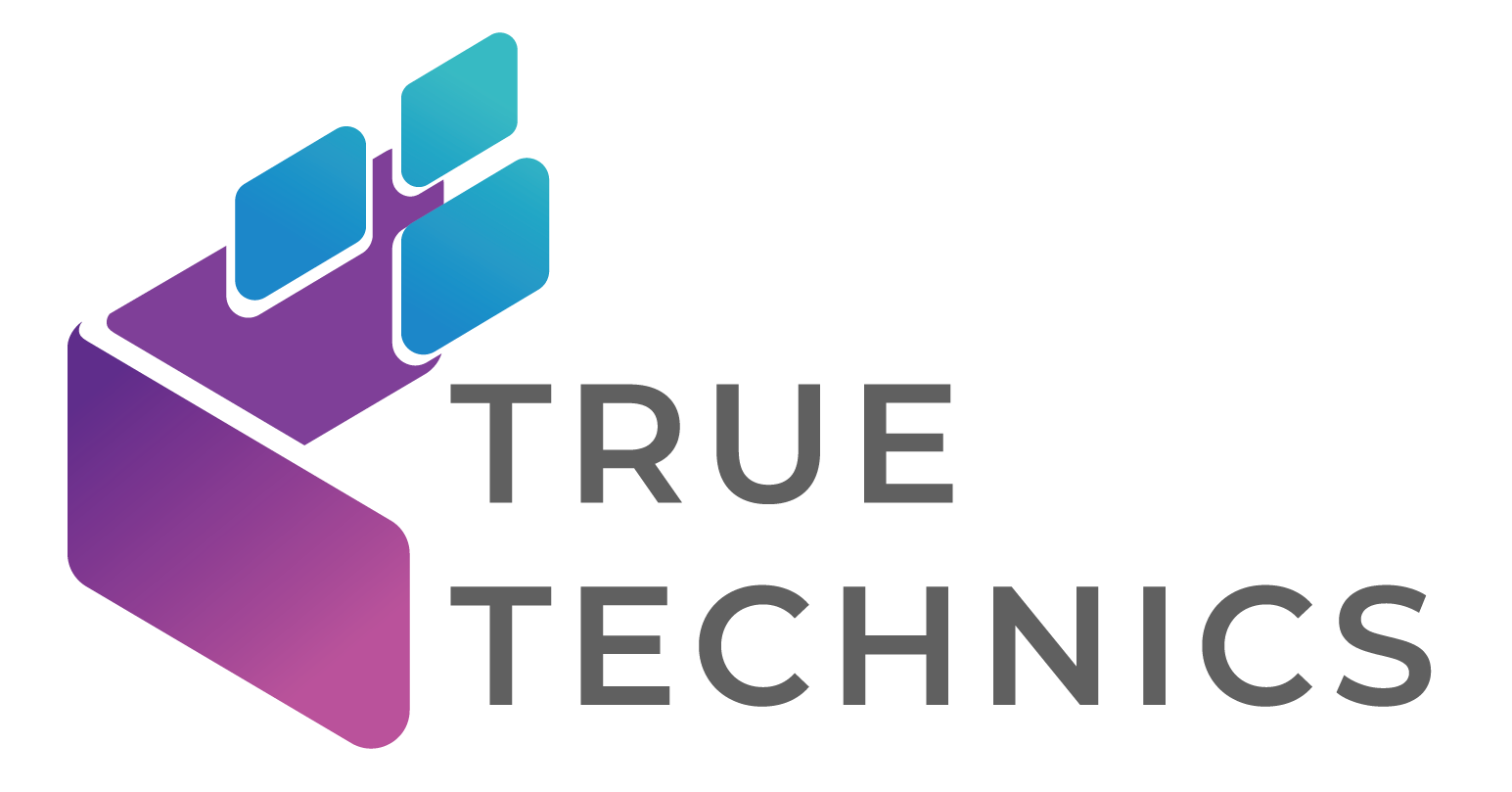When Marketing Becomes Editorial
Thailand’s media landscape is shifting dramatically. 88% of its population accesses news online weekly. Among younger audiences aged 18 to 34, a striking 63% rely on social media as their primary news source. Traditional outlets are losing to unverified, influencer-driven content. This shift is breaking apart the media landscape.
This isn’t just happening in Thailand. Brands worldwide are pouring money into content that looks suspiciously like journalism. Pharmaceutical campaigns focus on empathy and skip specific drug mentions. Events like the Brand-Funded Programming Summit at MIPCOM in Cannes show this trend. Marketing budgets support content that looks like traditional news reporting.
Balancing marketing goals with journalistic integrity is really tough. It creates a challenging tension. You’re essentially asking teams to sell whilst maintaining complete editorial independence. The fight for credibility isn’t just in marketing teams; it’s affecting news outlets too.
In this new landscape, marketing teams must use newsroom practices to stay credible. Transparent sourcing, CRM-powered personalisation, and AI-powered fact-checking aren’t nice-to-haves anymore. They’re survival tools.
Editorial Erosion and Market Fragmentation
The Thai example we’ve just seen reflects a global pattern. Public-interest reporting takes a backseat to whatever keeps people scrolling. Platform algorithms favour infotainment and influencer content over serious reporting. Brand messages masquerade as news stories. The result? A media world where real journalism fades away, replaced by entertainment-focused content.
Investment in marketing has evolved beyond buying clicks. Brands are now underwriting entire editorial operations. This shift demands that marketers think like editors. They need to maintain transparency standards that traditional journalism has spent decades developing.
And nowhere is this shift more visible than on the world’s biggest content festival stages.
Brand-Funded Programming Takes the Stage
Brands aren’t settling for thirty-second spots anymore. They’re bankrolling entire shows and summits. The Brand-Funded Programming Summit at MIPCOM in Cannes proves just how far we’ve come. Set for October 2025, this event will gather over 10,000 executives from more than 100 countries. They will come together to craft brand-led stories.
Here’s the twist: brands now lead the story at events that used to celebrate creative freedom. Network schedules depend on sponsor cheques. Festival lineups follow the money trail. Entertainment has morphed into a marketing channel, undeniably.
The real challenge goes beyond securing funding. Brands need to stay authentic whilst hitting their marketing targets. They’re walking a tightrope between promotion and genuine storytelling. If walking that line is tricky in Cannes, it’s downright perilous when you’re bound by FDA rules.

Unbranded Health Campaigns
FDA guidelines have led drug marketing to focus on editorial-style campaigns. These campaigns often avoid mentioning specific products. These rules focus on transparency and risk disclosure. Campaigns must educate rather than sell directly.
Patients have become more informed through digital tools and online forums. They’re demanding in-depth content that actually helps them understand their conditions. Agencies create stories that build empathy. These stories connect with audiences looking for real insights, not just sales pitches. Without clear sponsorship tags, even well-intentioned campaigns can mislead audiences.
Proper disclosure isn’t optional. It’s the difference between helpful information and stealth marketing that destroys trust. Clear disclosure keeps pharma honest. Personalization tools are the next step to build trust in editorial content.
Personalised Editorial Content
Modern CRM systems work like digital newsrooms. They’re available 24/7 without coffee breaks or editorial meetings. They transform customer data into personalised content that feels tailored rather than mass-produced.
A CRM breadwinner offers tools for marketing, sales, customer service, and website management. All these features are in one platform. It enables businesses to track and segment leads by behaviour and journey stage. These insights guide content workflows. They help choose topics, set the tone, and distribute editorial assets. This all happens without using exaggerated promotions.
This provider’s Culture Code ensures transparent data use. It outlines key principles for data collection and use. It also emphasizes respecting user privacy and consent. Events like INBOUND show that registration data improves follow-ups. It also sparks ideas for custom questions. This mirrors newsroom audience analytics. Feature calendars now focus on steer alerts and engagement metrics, not just ad marks.
Of course, even laser-targeted content still needs to be found – which brings us to AI and SEO.
AI and SEO in Content Strategy
To be found on search engines and AI platforms, content needs careful editing. You can’t fake your way through algorithm requirements anymore.
Rank Engine uses a dual-optimisation method. It blends classic SEO techniques. This includes targeting keywords, building quality backlinks, and enhancing domain authority. It also integrates Generative Engine Optimisation. This is tailored for AI platforms like ChatGPT, Perplexity, and AI Overviews. AI models work together to do research, make outlines, draft content, and review it closely. This ensures content satisfies both algorithmic ranking factors and AI prompt dynamics.
Princeton University research backs this strategy. Citing factors, using expert quotes, and sharing stats can improve AI search clarity by 40%.
But reaching eyeballs is only half the battle – you still need to earn your audience’s trust.
Ethical Frameworks and Audience Trust
Adopting editorial formats comes with responsibilities. You owe audiences disclosure, verification, and respect for their scepticism. This isn’t negotiable.
FDA rules in pharma and clear sponsorship tags at facts like MIPCOM accent the need for openness. Opt-in registration and Rank Engine’s clear system show that honesty is now a must, not a choice. Consumers want to know who paid for content, who fact-checked it, and what’s not said. They ask these questions before they engage with it. Marketers must earn trust through ethical practices rather than assuming it exists.
Trust relies on more than just tech and rules. It depends on people who can think and write like seasoned newsroom veterans.
The Marketer as Editor
Creating genuine narratives requires newsroom disciplines and people-focused workflows. Rashmi Vasisht said, “Every label has leaders with ability, experience, and media believability.” The challenge is to turn these experts, who know their meadow, into advisors for the main brand story. Can they connect their knowledge to the bigger picture? If communication professionals get this right, they can truly succeed.”
Rachit Mishra, Head of Brand Marketing & Communication at CJ Darcl Logistics, said.” He warned that over-controlling them could risk their authenticity, something audiences really want.” Today’s experts are channel-fluid. However, their insights can be rigid. Restraining them too much can lead to flat insights. This hurts the expert, the interviewer, and the audience. The key is to maintain flexibility while preserving the essence of their authenticity.”
Shonali Chakravarty, “We want our spokespersons to be diners—jack-of-all-trades for the press”. You’ve got to force the specialist to do so that the person puts himself or herself in the shoes of an average reader.”
Earning a Press Pass
Mastering both marketing metrics and journalistic ethics has become essential. Marketers must adopt newsroom rigor to survive. They face resistance from many sources. These newsroom rituals show a key idea: brands must earn their spot in the editorial space, not just rent it.
Brands can no longer simply rent the editorial stage. They must earn their press pass by creating stories that actually deserve to be read. The convergence we’ve explored is changing how marketing works. It’s also redefining what marketing means. In 2025, the best marketers aren’t selling products. They’re serving audiences. And that makes all the difference.


